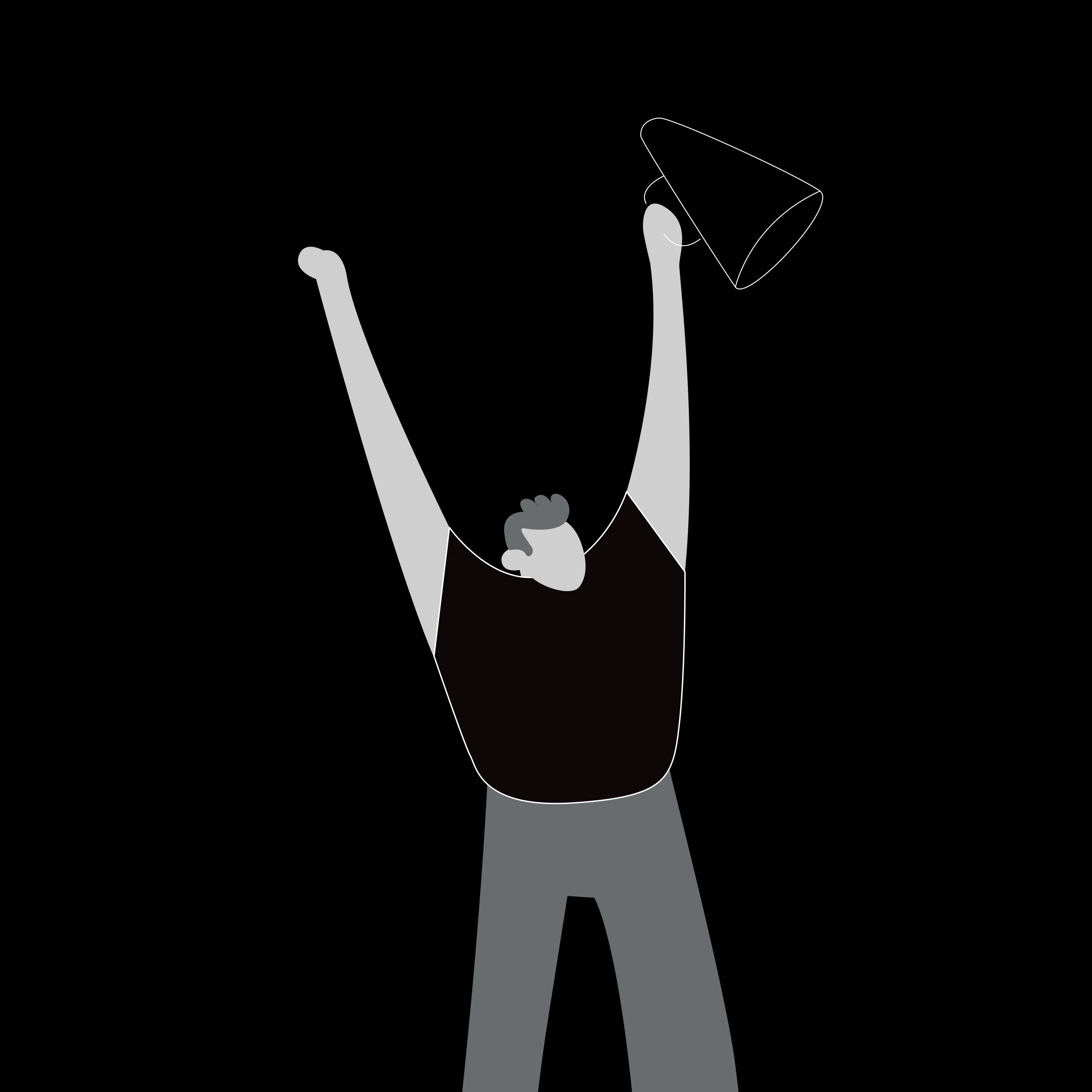16 - 07 - 2019
Technical SEO Implementation

We continue with the third part of We Rad's SEO Guide 2019. We will discuss the technical aspects that determine an executed SEO. If you haven't yet read the introduction to the SEO Guide 2019 you can find it here! Otherwise, you can read about the 5 principles that SEO agencies use for optimisation.
Implementation: Technical SEO
As we have said, the presence of quality content is as important for the optimisation of a website as the technical structure with which the information is published.
On Site SEO
On-site SEO addresses all those optimisations that involve the site's overall credibility and performance:
Authority - The authority of a page is a score that the search engine assigns to that resource. The higher the authority score, the greater the probability that the page will rank for the keywords entered.
Performance - An attempt is made to optimise page loading speed by compressing pages and CSS and JS code to achieve a high-performance site. This also means choosing a quality hosting service and, especially if using CMSs such as WordPress, limiting the use of plugins and unnecessary portions of code.
Architecture - A well-organised structure containing well-connected and consistent internal links helps the search engine in crawling and the user in navigation. This is why Google takes this aspect of optimisation into great consideration.
Health status - Are there errors within the pages? It is crucial not to leave broken links and orphan pages within the website. Using an up-to-date sitemap together with regular analysis with Google Search Console helps to keep the site clean and prevent penalties due to missing redirects and 404 errors.
Time - SEO gives excellent results, but it is a time-consuming process. A site that has been online for a long time and updated periodically helps to increase the authority score and the consideration Google has for our content.
On Page SEO
On-page SEO takes into account all those factors that help spiders read, understand and classify the content on the page. Having a technically tidy site clearly has a positive impact on the indexing process and ranking accordingly.
Title - indicated within the html code by the <title> tag. It is not visible within the page but is very useful for the crawler to identify the content. It must contain the main keyword.
H1, H2, H3 ... - are tags that identify the hierarchy of information within the page. It is advisable to use only an H1 tag as the title of the page containing the main keyword. The other H tags should include related or secondary keywords and have a 'nest structure' dividing the content into paragraphs.
Alt Text - essential for optimising images by describing their content. This is an aspect that is often overlooked, but it is good to learn how to use this tag in the right way, especially if we also want to rank on Google Images.
Internal Links - essential to make spiders understand the structure of the site. Take care not to leave orphan pages, i.e. pages without internal incoming links.
External Links - linking external links to authoritative sites relevant to your topic is a practice that should definitely be implemented. It does not produce a drastic change in ranking but offers additional resources to the user. What matters is the authority of the linked site and relevance to the topic of the article you are writing.
URLs - urls should also be optimised using keywords separated by "-" and that describe the content of the article well, avoiding the use of stop-words. The general rule is that from the link we should immediately trace back to the topic of the page. Using numbers, acronyms and parameters is inadvisable.
Description - the meta description is crucial for increasing CTR, especially when the page appears in the SERP results.
Rich Snippets - are essential for integration into the search engine preview and are a further standard for classifying and organising the page. It is not necessary to use them everywhere, but on certain types of content they can make a difference, showing more detail about the content and increasing CTR.
Off Page SEO
Off page optimisation is basically link building, i.e. increasing the authority of the website through incoming links from other sites with high authority. This is quite a complex operation and takes time to implement. It is always good to keep an eye on incoming links and their health, as it is often possible to find domains classified as toxic pointing to our website. This could be the product of a 'black hat SEO' operation by a rogue competitor and therefore we have to inform Google that we do not recognise the incoming link through a Disavow action via the Search Console.
Conversely, it is possible to obtain incoming links from solid domains with high authority:
Link Earning - is achieved with effort, dedication and by doing a good job of content creation. In this case, incoming links are spontaneous, e.g. from someone mentioning our blog post. All highly specific content such as videos, infographics, guides and ebooks are excellent examples, Aranzulla docet.
Link Building - to speed up authority growth you can 'buy' incoming links or propose link-for-link exchanges. In this case, Google's algorithms are very attentive and therefore very careful planning is necessary in order not to incur penalties or to see the link building work in vain.
Local SEO
A site can be optimised for search in a specific geographic area and is therefore referred to as Local SEO. By inserting keywords of local interest, highly targeted traffic is obtained even though the search volume is lower. This is crucial for all those local businesses that operate in a small radius such as restaurants, hotels, shops and local services. In this case, Google My Business is a key resource, allowing you to also be visible on Google Maps and implement the click-to-call function to generate telephone contacts, which is very useful for activities involving appointments or bookings.
Exploiting social and platforms to boost link building and SEO
Finally, it is possible to direct traffic to the website through those sites that are popular with Google and therefore most frequently crawled, indexed and ranked. A good example is using social networks and price comparators to link to our site. In this way, we exploit the resonance of these aggregators to reach an audience that is difficult to capture and direct traffic to our domain.
- Strategy
- Branding
- Digital
- Content
View Project

